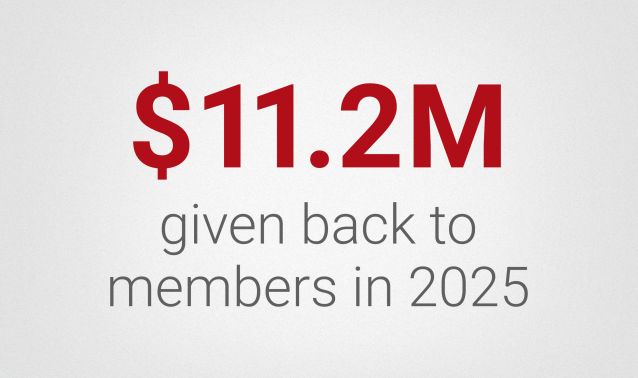Pay Yourself First
Share this article:

“Pay yourself first” is a phrase that refers to prioritizing your personal savings above other discretionary expenses. To implement this principle, allocate a fixed amount for savings in your budget every month. Here are some tips on how to prioritize your personal finances:
Review your spending
Take a clear look at your spending. If you already have a budget, this will be as simple as reviewing the column which lists all your expenses, including your discretionary spending. If you don’t have a budget, you can get started by checking out Ascend’s free budget worksheet. Track your spending over several months to identify your primary expenses and to find the average amount of money you spend each month.
Set short-term and long-term saving goals
Short-term savings, or funds you want to be able to access in the near future, if necessary, can be allocated to an emergency fund. Experts advise having three to six months’ worth of living expenses set aside in an emergency fund in case of a sudden, large expense or loss of employment.
Long-term savings should include funds you can afford not to touch for several years or more. Your long-term saving goals can include your retirement, as well as a downpayment on a home, a new car, or any other large expense. Narrow down your short- and long-term goals, then attach a number to each savings category.
Paying down debt during this time should also be a priority. Consumer debt is one of the biggest roadblocks to achieving financial wellness. Consider taking a decent amount of your monthly savings and putting it towards your debt until it’s paid off. If you have debt from multiple sources, you may want to consider debt consolidation.
Set a timeline for each savings goal
Now that you have a number for the amount you want to save, you’ll need to work out a realistic timeline for meeting those goals. It’s best to prioritize your emergency fund, but it’s a good idea to start saving for retirement today so compound interest can work its magic. To that end, you may want to allocate the bulk of your monthly savings to your emergency fund until you meet your goal. Once your emergency fund is full, you can divide your savings more evenly between your short-term savings and long-term savings.
Calculate how much you’ll need to save each month
Take your total for each goal and divide it by the number of months in your timeline. For example, if you’ve decided you want to have an emergency fund of $24,000 established in four years’ time, you’ll divide $24,000 by 48 months to get $500 a month. This is the amount you’ll need to set aside each month to reach your goal by your established timeframe. Do this for each of your financial goals.
Automate your savings
Once you’ve got your savings plan ready to go, it’s best to make it automatic. With Ascend’s digital banking platform, you can set up automatic transfers to your emergency fund every time you get paid.
By practicing the principle of paying yourself first, you’ll establish healthy savings habits and set yourself up for a lifetime of financial success. For more information, check out our free course on reaching your savings goals.



